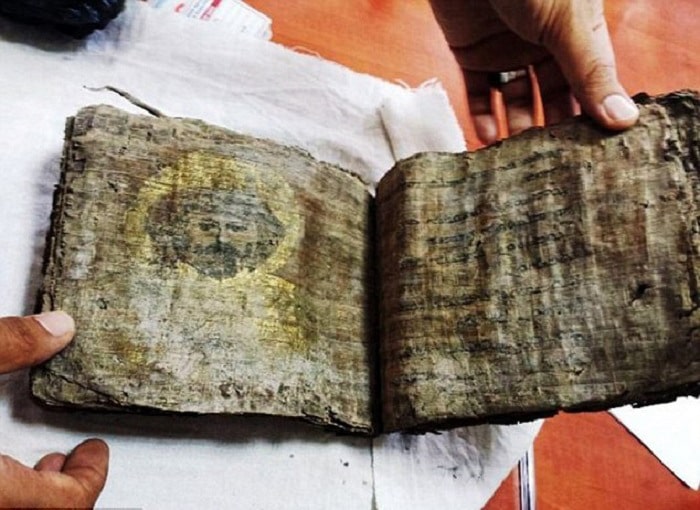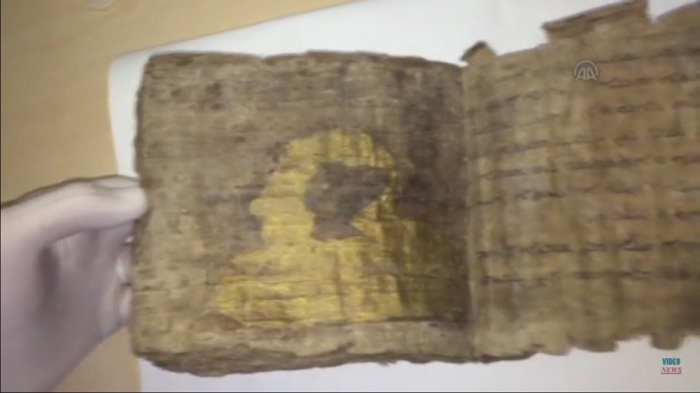Images of Jesus and Other Biblical Figures Found in a 1,000-Year-Old Bible Discovered in Turkey
The nearly thousand-year-old bible has been recently discovered by171 the Turkish Police when smugglers tried to sell the priceless book to undercover officers.
Police in the central Turkish city of Tokat seize the ancient Bible together with additional priceless artifacts after catching the smugglers red-handed.
The Turkish Police also confiscated a valuable collection of jewelry and 53 ancient coins as well as two parts of valuable rings and two arrowheads were also recovered from the crooks trying to gain a profit off of the immensely valuable artifacts.
“They steal everything that they can sell, and what they can’t sell, they destroy,” Qais Hussein Rasheed, Iraq’s deputy minister for antiquities and heritage, said earlier this year of the Islamic State’s looting practices.

“We have noticed that the smuggling of antiquities has greatly increased since last June,”
The origins of the bible are still unknown. The Bible is reportedly damaged, but the writings in the old Assyrian language can be still noticed on the crumbled pages.
The cover is completely ruined, but the remaining fifty-one pages have images and religious motifs in gold leaf.
Discoveries of biblical artifacts have made news a number of times this past year, with a team of scholars claiming to have discovered the world’s earliest-known version of the Gospel back in January.
A team of researchers headed by Craig Evans, a professor of New Testament studies at Acadia Divinity College in Nova Scotia, said that they found a sheet of papyrus used to make an ancient mummy’s mask in Egypt which contains a written portion of the Gospel of Mark and dates back to as early as 80 A.D.
“Where did we find it? We dug underneath somebody’s face and there it was,” Evans said. ” It was from one of these masks that we recovered a fragment of the Gospel of Mark that is dated to the 80s. We could have a first-century fragment of Mark for the first time ever.”

The oldest surviving copies of the Scripture had been dated to the second century, between the years 101 to 200 A.D.
In July this year, Israeli archeologists announced that they had found a rare inscription of the name of an apparently influential person from the time of King David, which is also mentioned in the Bible.
The researchers found a 3,000-year-old large ceramic jar with the inscription of the name “Eshbaal Ben Beda,” which is mentioned in the Old Testament book of 1 Chronicles in 8:33 and 9:39.
Archaeologists Yosef Garfinkel and Saar Ganor expressed doubts, however, that the jar belonged to the same Eshbaal that is mentioned in the Bible.
